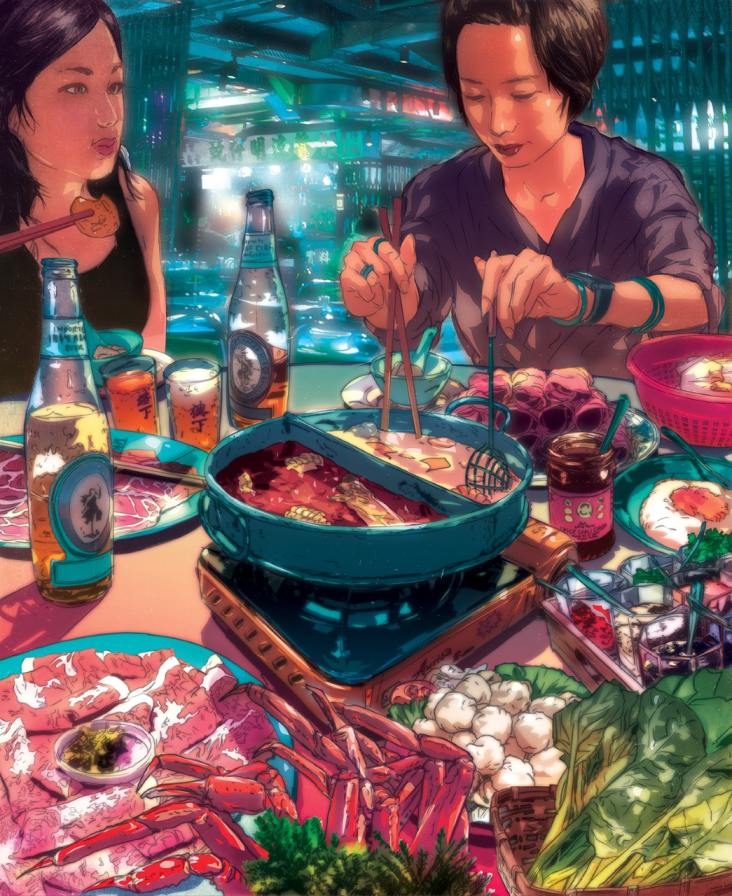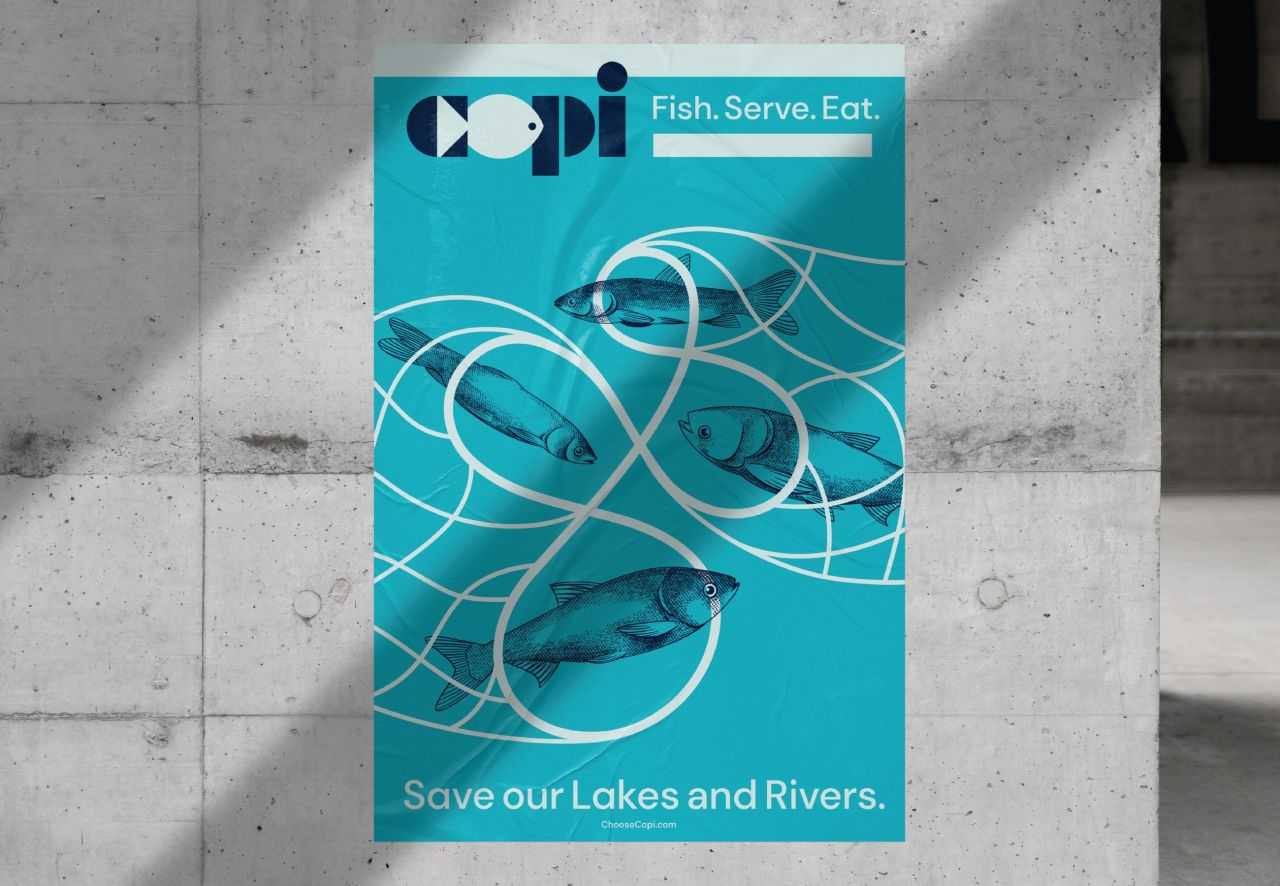
We're all familiar with the idea that we shouldn't eat certain plants and animals to save them from extinction and protect biodiversity. What we don't hear so often is that eating more of a particular food can help the environment. But that's exactly the case in the USA regarding "Asian carp".
Asian carp isn't actually a single species but an invented term to describe four species of fish: grass carp, black carp, silver carp, and big head. In the 1970s, fish farmers in the US began importing these fish from China to help clean their commercial ponds of algae. Unfortunately, they became invasive and now have a bio-density of 70% in North American fresh waters.
This has caused numerous problems for the environment. For example, the black carp feeds on native mussels and snails, some of which were already endangered. Grass carp can alter the food webs of a new environment by altering the communities of plants, invertebrates, and fish. And silver carp feed on the plankton necessary for larval fish and native mussels.
Most immediately, the spread of Asian carp has also damaged the US fishing industry because it's crowded out other fish and, because it's not popular amongst consumers itself, is wrongly thought of as a 'dirty fish'.
With that in mind, the Illinois Department of Natural Resources, working in concert with other state and federal departments and the crisis management specialists Tetra Tech, commissioned local studio Span to give Asian carp a rebrand.
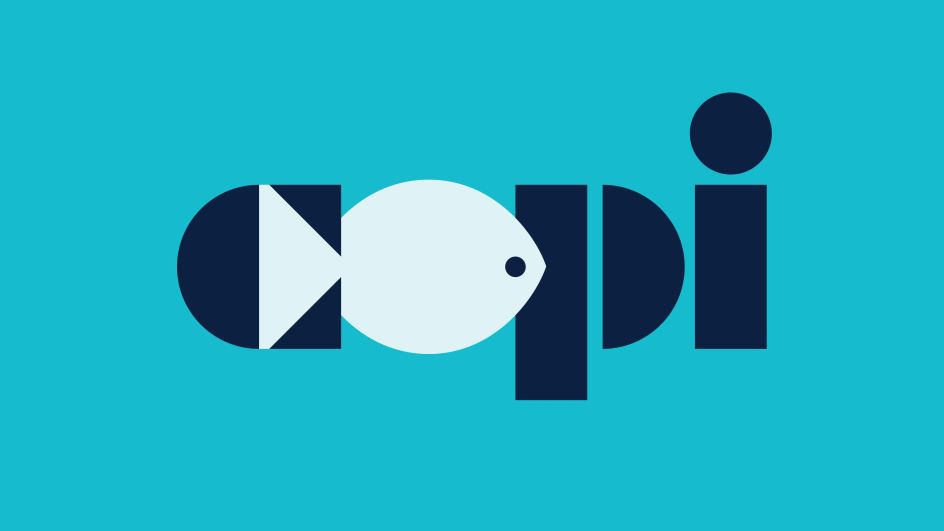
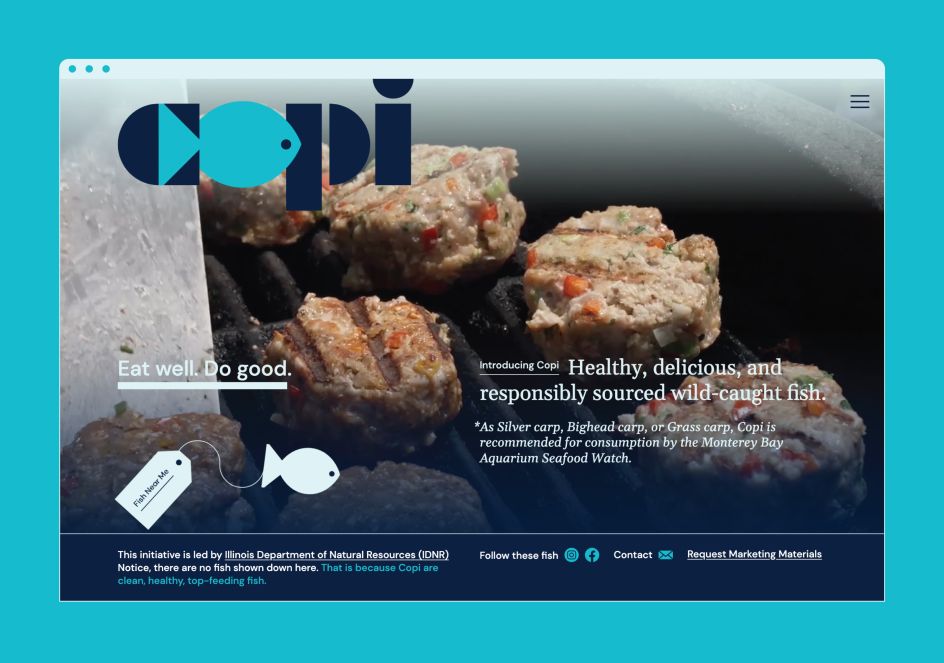
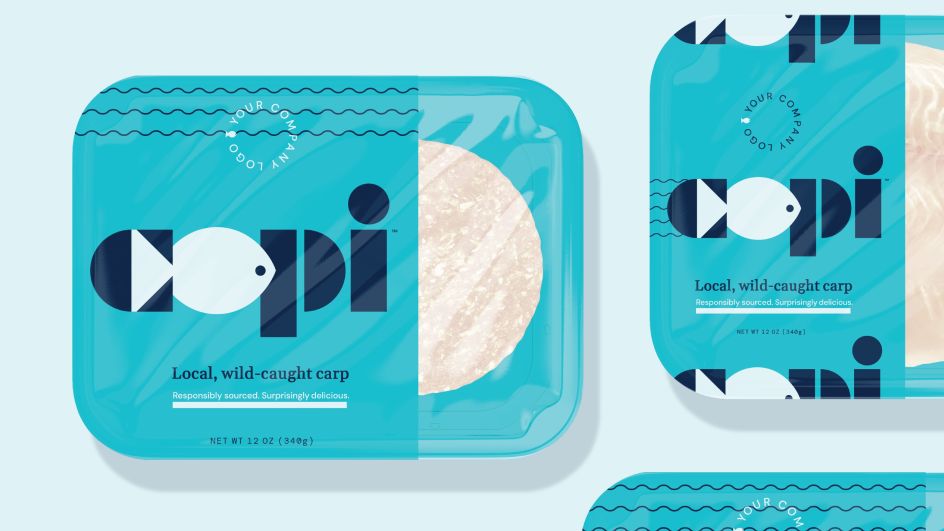
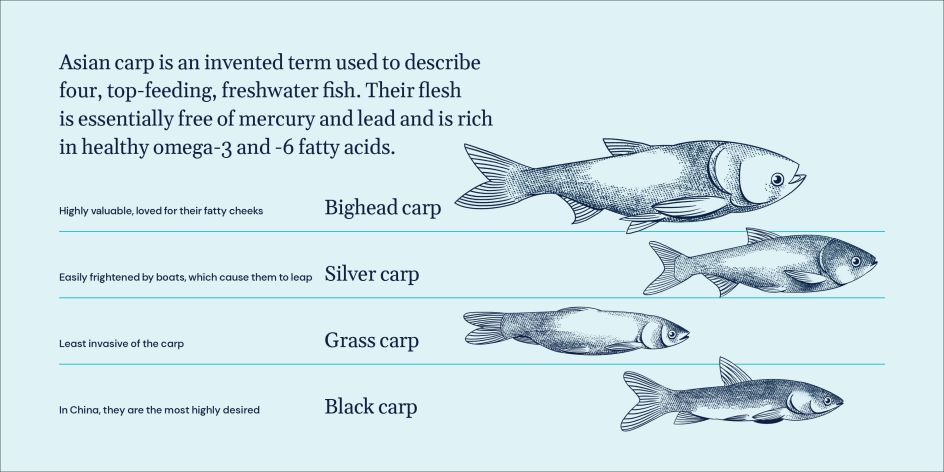
Taste-wise, there was no problem with the fish itself; just how it is perceived in the US, explains Nick Adam, design principal at Span. "It's the second most eaten and second healthiest fish in the world," he points out. “This is due to its deliciousness, the number of proteins, and Omega-3 and Omega-6 fatty acids it has. The only other fish that compares in terms of its health benefits and cleanliness is wild-caught salmon from Alaska."
Span located the crux of the problem early on. "Looking at the original brief, my colleague Bud Rodecker and I felt, 'They're asking for a logo, and what they actually need is a name and a strategic identity system'," Nick recalls. "As 'Asian carp' is just a made-up term, predominantly used by folks in the US who are non-Asian. In our proposal, we created a plan to rename the fish based upon qualities that are truthful to it, to replace the slang term that really isn't accepted anywhere in the world."
Span's plan included bringing on the systemic design studio Daylight to lead research into perceptions of food and fish. As well as adding the public relations firm M. Harris & Co that would plan the launch event and lead the PR before and after its debut.
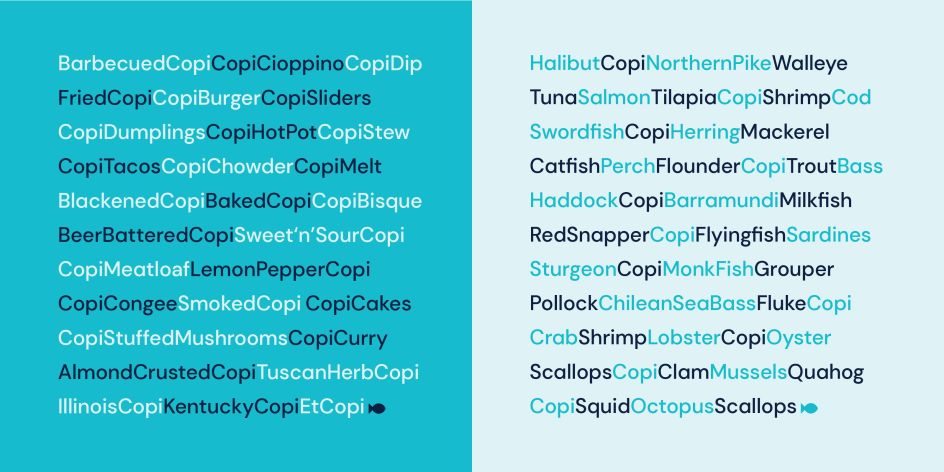
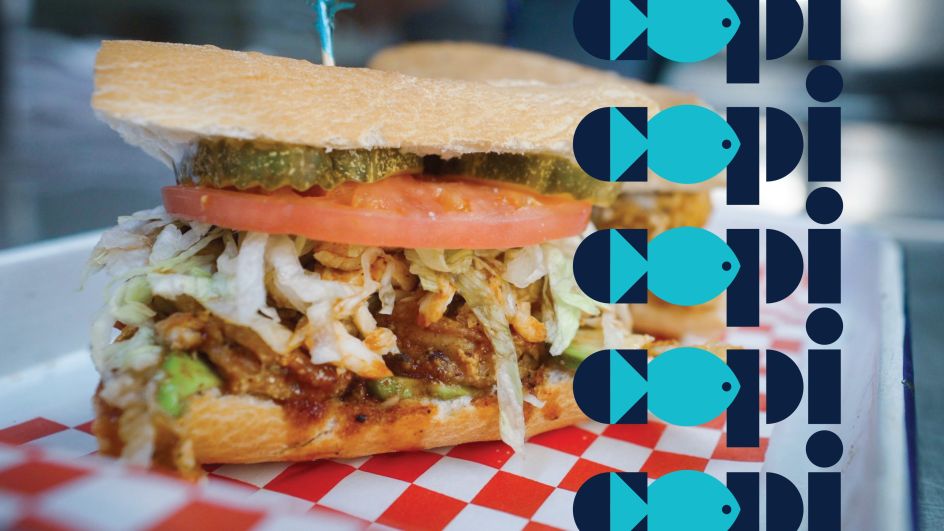
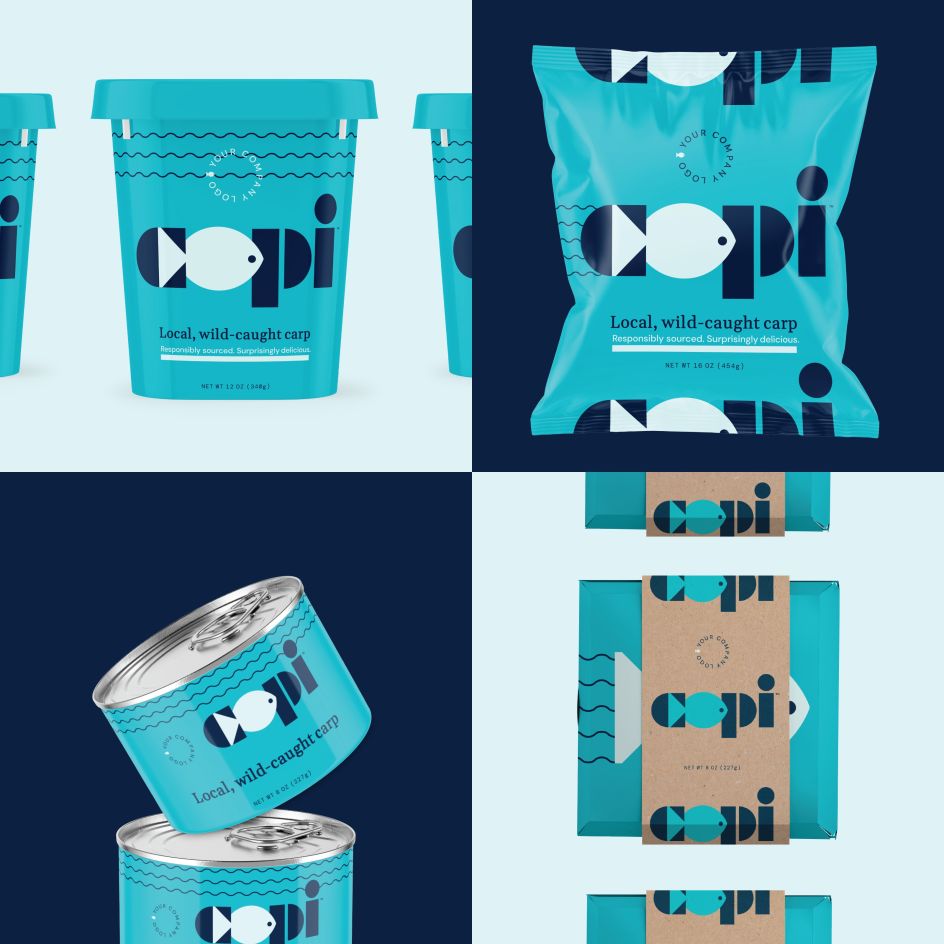
Span renamed the fish Copi and created a logo and branding designed to address public misconceptions about this mild-tasting fish. The centrepiece of the new visual identity is a stencil-like logo design that cleverly incorporates the fish and presents it cleanly and neutrally.
Span also created a brand toolkit, which features three open-source typefaces (Gelasio, DM Sans and DM Mono) so that distributors, restaurants and other businesses can use them easily in their brand materials.
The name game
Changing a fish's name has been a tried-and-true strategy for other fish. Orange roughy was originally known as slimehead; Chilean sea bass was known as Patagonian toothfish, and peekytoe crab was once known as mud crab. The same strategy has worked for other food types too.
For example, when the Chinese fruit known as yang tao was cultivated in New Zealand, it commonly became known as Chinese gooseberries. Exporters had more success, though, when they renamed it kiwi fruit, a name that's become so ubiquitous, few people are now even aware of the original.
One of the things all these names have in common is their brevity. "Copi is a great name: Short, crisp and easy to say," points out Colleen Callahan, director of the Illinois Department of Natural Resources. "What diner won't be intrigued when they read Copi tacos or Copi burgers on a menu?"
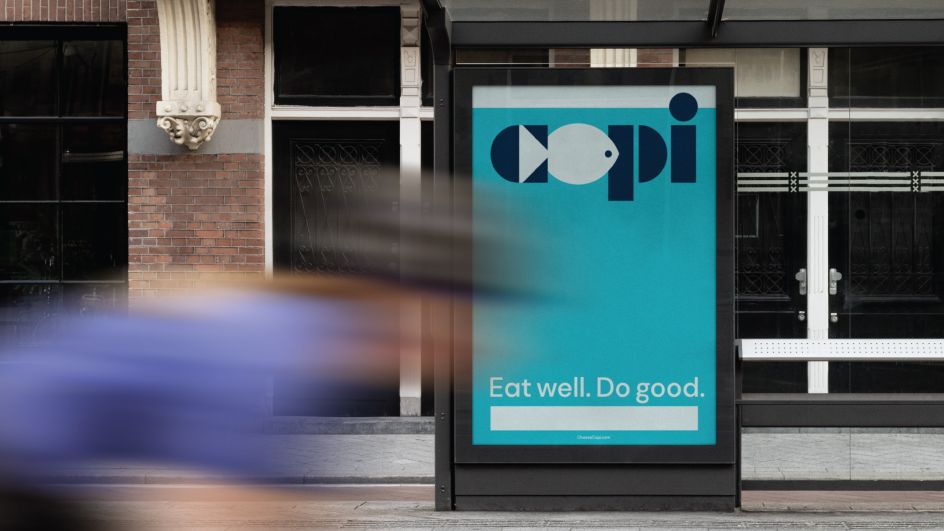
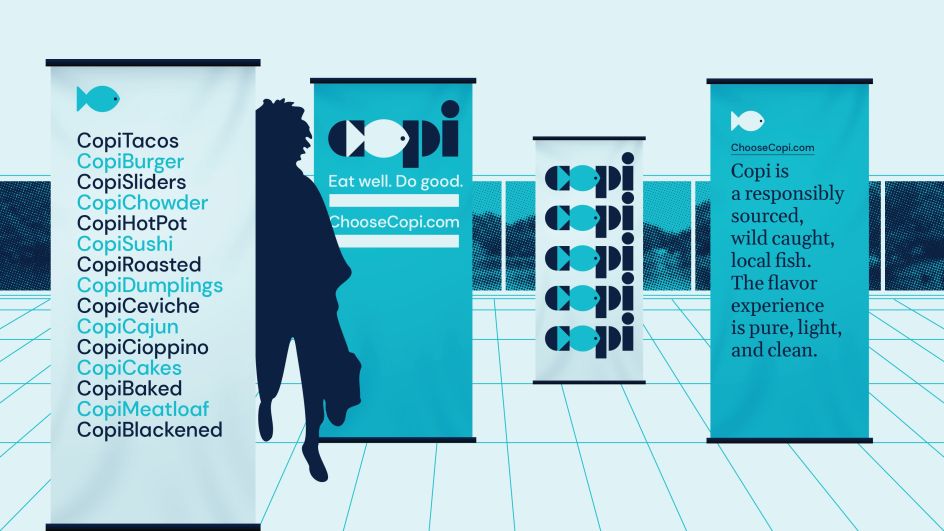
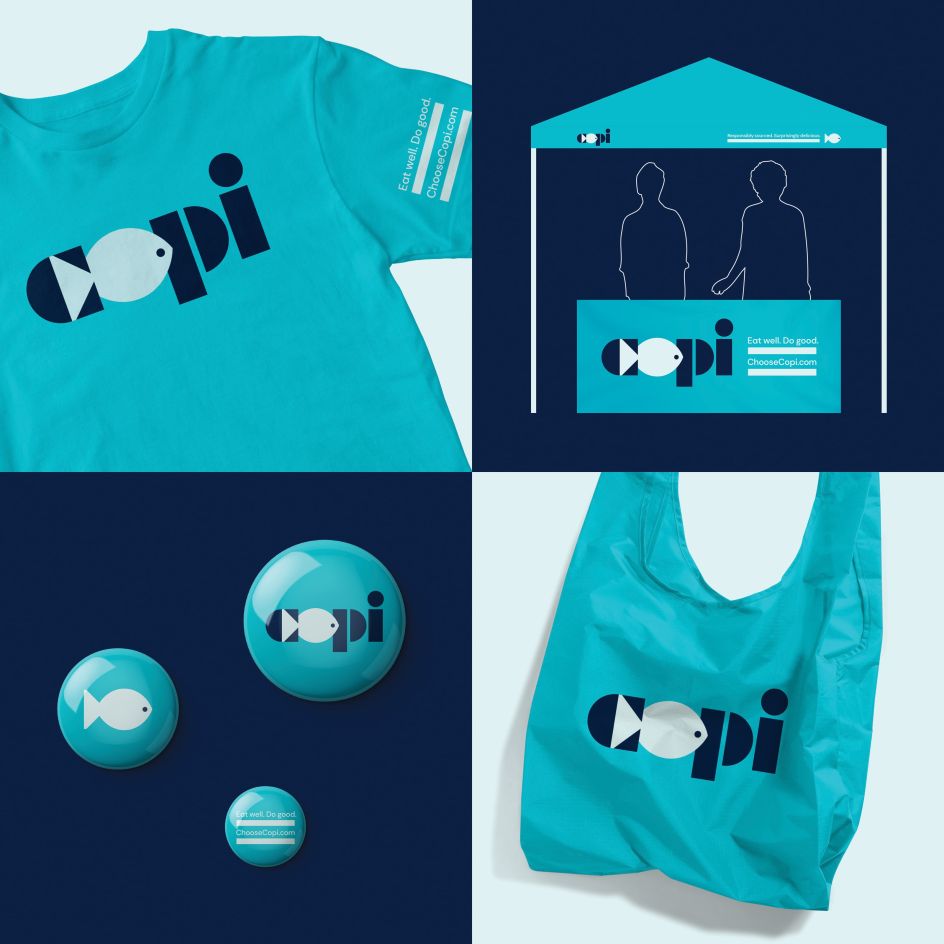
In case you're wondering, the new name is a play on 'copious', as that's exactly what these fish are. And the hope is that this new marketing effort will drive sales of this invasive fish, helping to stop them from decimating other fish populations and restoring an ecological balance to waterways.
"By one estimate, 20 million to 50 million pounds of Copi could be harvested from the Illinois River alone each year, with hundreds of millions more in waterways from the Midwest to the Gulf Coast," explains John Goss, former White House invasive carp adviser. "So enjoying Copi in a restaurant or at home is one of the easiest things people can do to help protect our waterways and Lake Michigan."
The new branding was launched in June, and already it's proving a success, says Nick. "After two months of launching the name, Copi is currently available in eight states, and we're already hitting the projected numbers for one year. Copi now appears in some of my favourite restaurants, there have also been some James Beard-awarded chefs and Michelin-Stared restaurants serving Copi. The Copi project is a fantastic example of design innovation that is able to yield large-scale social impact."




 by Tüpokompanii](https://www.creativeboom.com/upload/articles/58/58684538770fb5b428dc1882f7a732f153500153_732.jpg)


 using <a href="https://www.ohnotype.co/fonts/obviously" target="_blank">Obviously</a> by Oh No Type Co., Art Director, Brand & Creative—Spotify](https://www.creativeboom.com/upload/articles/6e/6ed31eddc26fa563f213fc76d6993dab9231ffe4_732.jpg)










